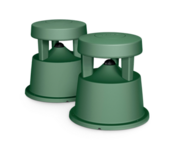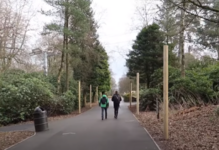DistortAMG
TS Member
- Favourite Ride
- POTC Disneyland Paris
Do Alton and Merlin know these exist?
They camouflage well and aren’t as obtrusive as the installation of the new speakers.
I also can’t get over the amount of speakers they’ve added to CRR! There’s literally one every 3 meters… I’m all for investment in park audio but some theming on the ride would be nice too.
The Bose versions of these have been used EXTENSIVELY across the Alton Towers estate for over 2 decades and more, not many exist any more. I think some still exist around the park. They used to be in Oblivion queue, air queue, the Flume queue, Thirteen queue to name a few.
Trouble is, they are not well suited for the application Alton Towers are installing these speakers in the rapids. These speakers are good for 360 sound. Good for queue lines, not good when trying to point audio at a boat on a ride.
Last edited:



